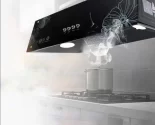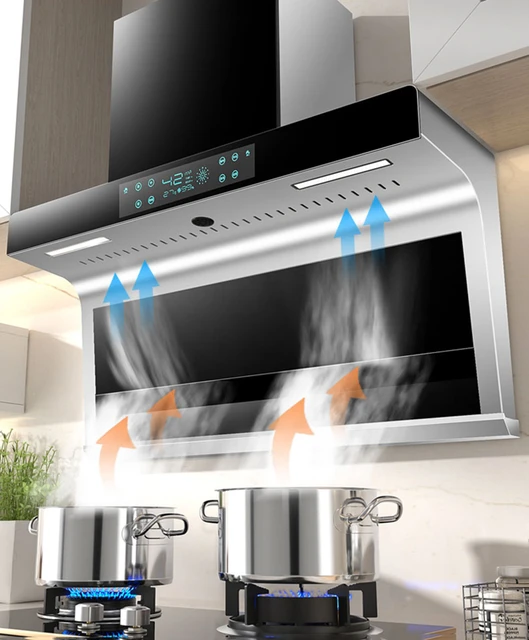
How much does it cost to install a vent hood through the wall?
Introduction
Installing a vent hood through the wall is an essential step in ensuring proper ventilation and air quality in the kitchen. The cost of this installation can vary based on several factors, including the type of vent hood, the complexity of the project, and local labor and material costs. In this guide, we will explore the key factors to consider when estimating the cost of installing a vent hood through the wall, providing specific information to help you make an informed decision.
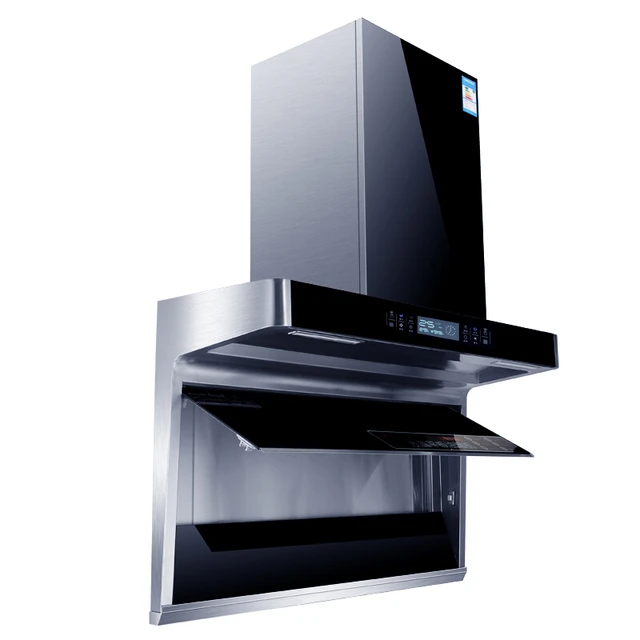
How much does it cost to install a vent hood through the wall?
Types of Vent Hoods
1.1. Wall-Mounted Vent Hoods
Wall-mounted vent hoods are among the most common types and are designed to be installed directly against an exterior wall. These hoods typically require a vent pipe or ductwork to route the extracted air and pollutants from the kitchen to the outside.
1.2. Under-Cabinet Vent Hoods
Under-cabinet vent hoods are installed beneath kitchen cabinets, providing space-saving ventilation solutions. These hoods often require ductwork to connect to an exterior wall or can be configured for recirculating airflow within the kitchen.
1.3. Custom or Range Hood Insert
Custom vent hoods or range hood inserts are built-in options that can be placed inside customized cabinetry or constructed enclosures. These options offer a more tailored and integrated look but may require additional design and construction costs.
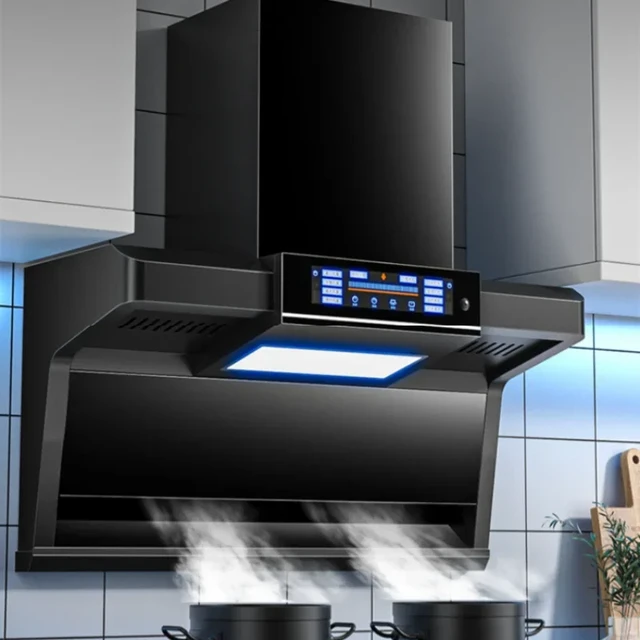
Factors Affecting Installation Costs
2.1. Kitchen Layout and Accessibility
The complexity of the kitchen layout and the accessibility to install the vent hood through the wall can impact the overall cost. Factors such as wall construction, location of existing ductwork, and the distance between the cooking area and an exterior wall can influence the installation process.
2.2. Ductwork Installation
Proper ventilation often requires the installation of ductwork to redirect the extracted air and contaminants to the outside. The cost of ductwork installation can vary depending on the length, material, and accessibility required for the project. Additionally, any necessary modifications or repairs to existing ductwork can affect the overall cost.
2.3. Electrical Wiring
Vent hoods typically require a dedicated electrical circuit for power supply. If there is no existing electrical connection near the installation site, the cost of running new wiring and adding an outlet or junction box must be considered.
2.4. Ventilation System Upgrades
Older homes or kitchens without existing ventilation systems may require additional upgrades to accommodate the installation of a vent hood. This can include adding or modifying wall openings, installing exhaust fans, or improving overall ventilation capacity.
2.5. Material Selection
The cost of the vent hood itself can vary greatly depending on the materials, brand, and features selected. Stainless steel hoods, for example, tend to be more expensive than those made from other materials. Consider your budget and desired features when selecting a vent hood to determine the overall project cost.
Cost Breakdown
3.1. Vent Hood and Materials
The cost of the vent hood itself is a significant component of the project cost. Vent hood prices can range from $200 for basic models to well over $1,500 for high-end, feature-rich options. Additional materials required for installation, such as ductwork, vent pipes, or fasteners, should also be factored into the cost estimation.
3.2. Labor Costs
Labor costs play a crucial role in the overall installation cost. Hiring a professional installer ensures a proper and compliant installation, but labor rates can vary based on location, experience, and the complexity of the project. Labor costs typically include the removal of existing parts, preparation of the installation site, installation of the vent hood, ductwork, and electrical connections.
3.3. Electrical Work
If additional electrical wiring is needed to power the vent hood, this will add an extra cost to the project. Electrical work may require the services of a licensed electrician to ensure compliance with local electrical codes and regulations.
3.4. Building Permits and Inspections
In some jurisdictions, a building permit may be required for vent hood installations. The cost of the permit, as well as any necessary inspections, should be factored into the overall project budget. Consult with local authorities or a professional installer to determine if permits or inspections are necessary for your specific installation.
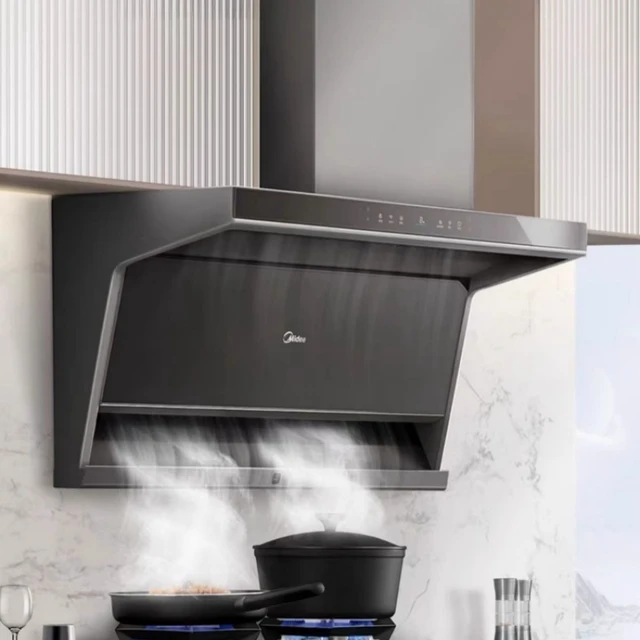
Obtaining Cost Estimates
4.1. Requesting Multiple Quotes
To get an accurate estimate for the installation of a vent hood through the wall, it is recommended to seek quotes from multiple contractors or professionals. Provide them with detailed information about the project scope, including the type of vent hood, kitchen layout, existing ventilation systems, and any specific requirements or features you desire.
4.2. Considering Experience and Expertise
When evaluating quotes, consider the experience and expertise of the professionals. Choosing an experienced installer ensures that the project is completed correctly and meets all relevant codes and regulations.
Cost-Saving Tips and Alternatives
6.1. DIY Installation
If you have experience and expertise in construction and electrical work, you may consider installing the vent hood through the wall yourself. This can help save on labor costs. However, it is crucial to ensure that you have the necessary skills and knowledge to complete the installation safely and effectively.
6.2. Recirculating Ventilation
If it is not feasible to install ductwork or if the cost is prohibitive, you can opt for a recirculating vent hood. Recirculating hoods filter the air and release it back into the kitchen after removing contaminants. While they may not be as effective as vented hoods, they can be a more budget-friendly alternative.
6.3. Cost Comparisons
Obtain quotes and compare prices from different manufacturers and installation professionals. Some brands may offer more affordable options while still providing quality products. Additionally, different contractors may have varying labor rates, so getting multiple quotes can help you find the most competitive pricing.
6.4. Utilize existing ductwork or openings
If your kitchen already has ductwork or wall openings from previous ventilation systems, you may be able to utilize them for the vent hood installation. Reusing existing infrastructure can help reduce materials and labor costs.
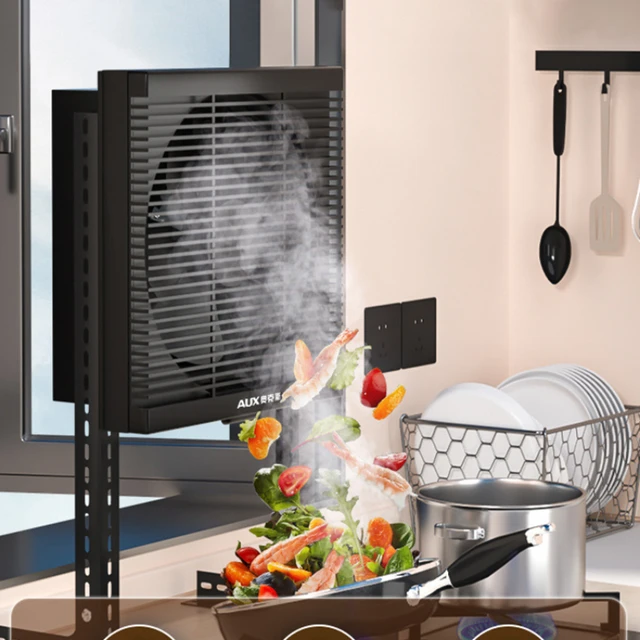
Maintenance and Operating Costs
7.1. Proper Maintenance
Regular cleaning and maintenance of the vent hood can prolong its lifespan and optimize its performance. This includes cleaning the filters, removing grease buildup, and ensuring that the ventilation system remains clear and unobstructed.
7.2. Energy Efficiency
Choosing an energy-efficient vent hood can help reduce operating costs over time. Look for hoods with energy-saving features, such as LED lighting and variable speed settings, which allow you to adjust the ventilation power based on your cooking needs.
7.3. Filter Replacements
Some vent hoods require filter replacements at regular intervals. Consider the cost of these replacements when budgeting for maintenance to ensure ongoing efficient and effective ventilation.
Warranty and Long-term Considerations
8.1. Warranty Coverage
When purchasing a vent hood, review the warranty coverage offered by the manufacturer. A comprehensive warranty can provide peace of mind and potentially save you money on repairs or replacements in case of any malfunction or defects.
8.2. Long-Term Benefits
While the upfront cost of installing a vent hood through the wall may seem significant, it is important to consider the long-term benefits. Proper ventilation helps maintain air quality, reduces the risk of mold and mildew, and prolongs the lifespan of your kitchen cabinetry by preventing damage from heat and moisture.
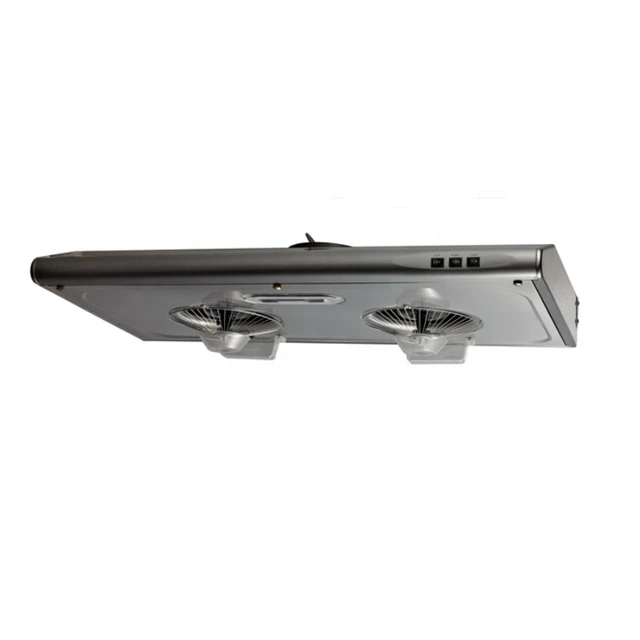
Conclusion
The cost of installing a vent hood through the wall can vary based on several factors, including the type of vent hood, the complexity of the kitchen layout, the need for ductwork installation or modifications, electrical requirements, and the materials selected. Obtaining multiple quotes from experienced professionals and considering all necessary components, including materials, labor, electrical work, and any required permits, will help determine the overall project cost. By conducting thorough research, considering all pertinent factors, and obtaining accurate cost estimates, you can plan and budget accordingly for the installation of a vent hood through the wall, ensuring proper ventilation and a clean cooking environment in your kitchen.






